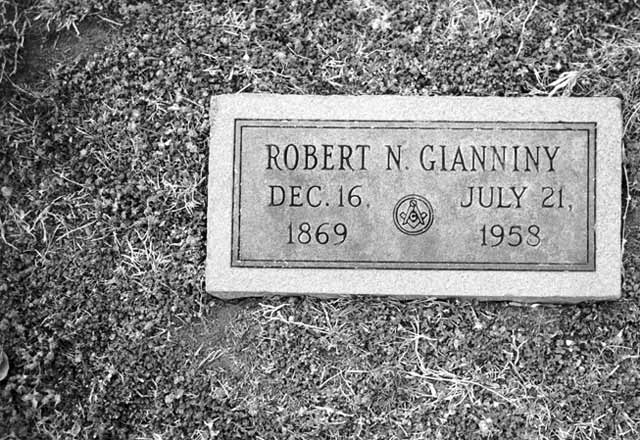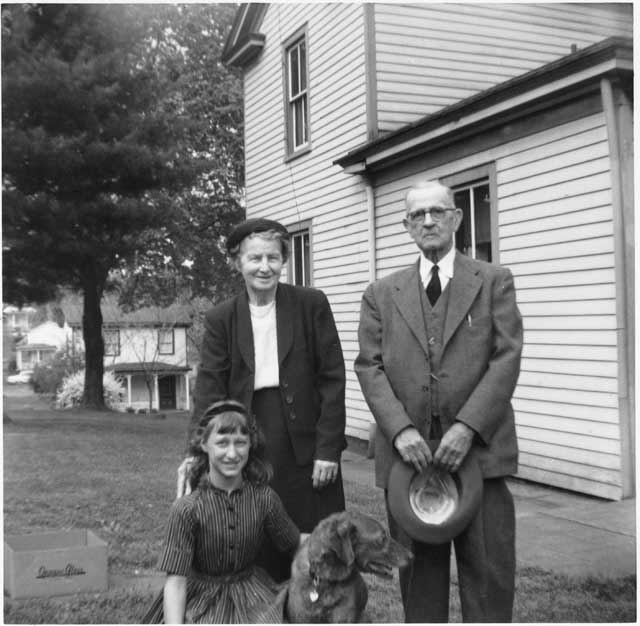new markets

Live by the river, work at the Mill, rest on the hill. Mr. Nick Gianniny, weaving department foreman is buried in Riverview Cemetery, within sight of his home and workplace.
If diversity of product and improved quality were only undercurrents in the history of the Charlottesville mill during the seventies, in the woolen industry as a whole they proved the keynote. During the next decade, as we shall see later, the Charlottesville Woolen Mills embraced this movement and went even further. It began to specialize its production and to acquire a particular kind of market. When that was accomplished, the mill had completed the typical cycle of expansion in the American wool manufacture.
The company meanwhile did not wait long to strike out for a growing market. Expanding early into southeastern and southwestern Virginia, subsequent attempts were aimed first at the Southern market. By 1877 a firm grip had been secured in Virginia, Alabama, North and South Carolina, Tennessee, Kentucky, and Georgia. Thereafter, a thrust was made into the North and within three years Pennsylvania, New York, Ohio, and Indiana could be counted among the areas covered by salesmen. --Harry Poindexter
Labels: Gianniny, Poindexter History, Riverview Cemetery


